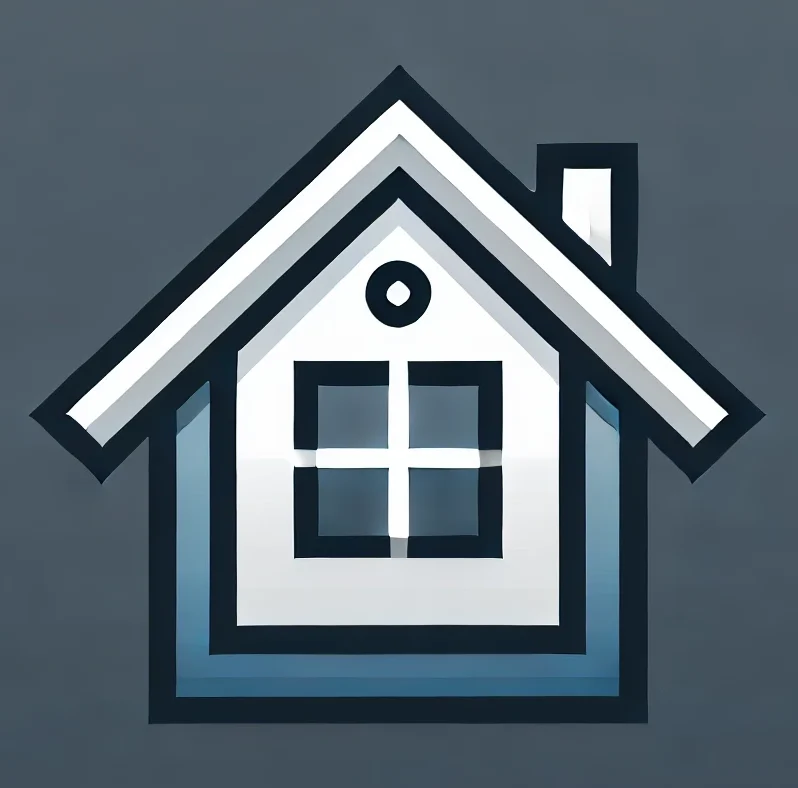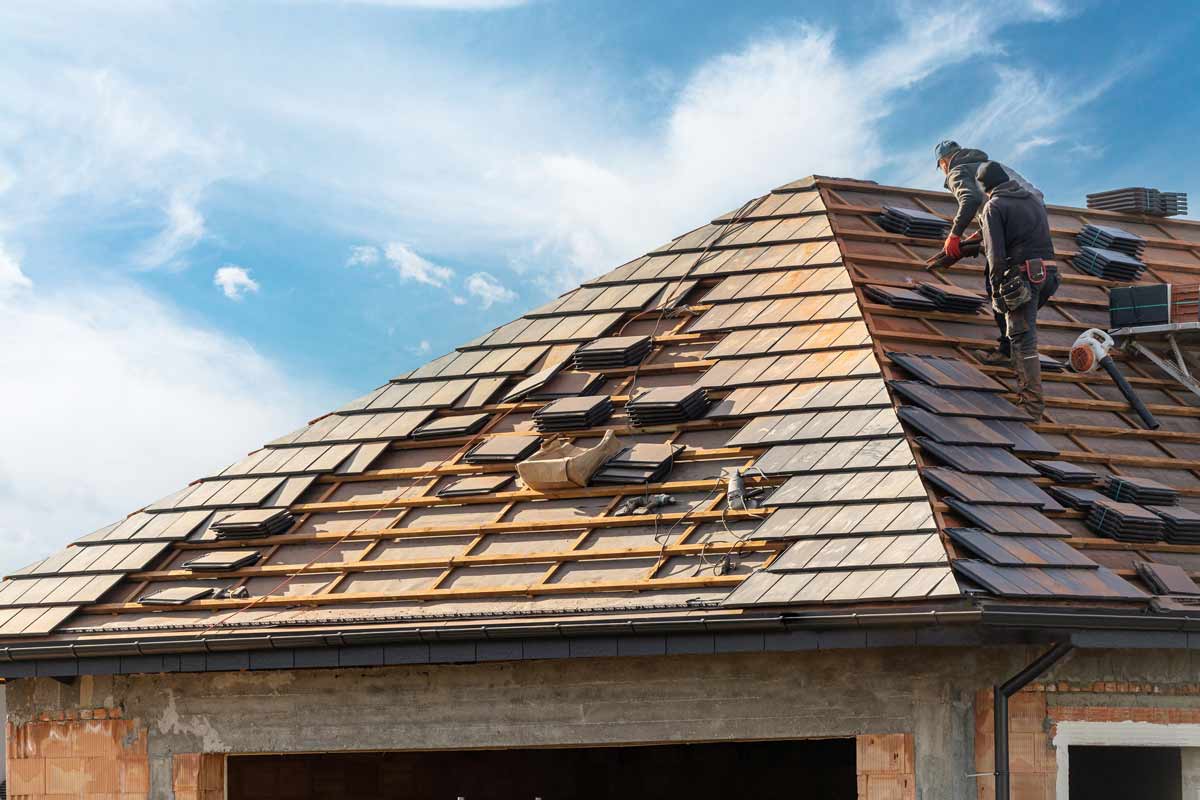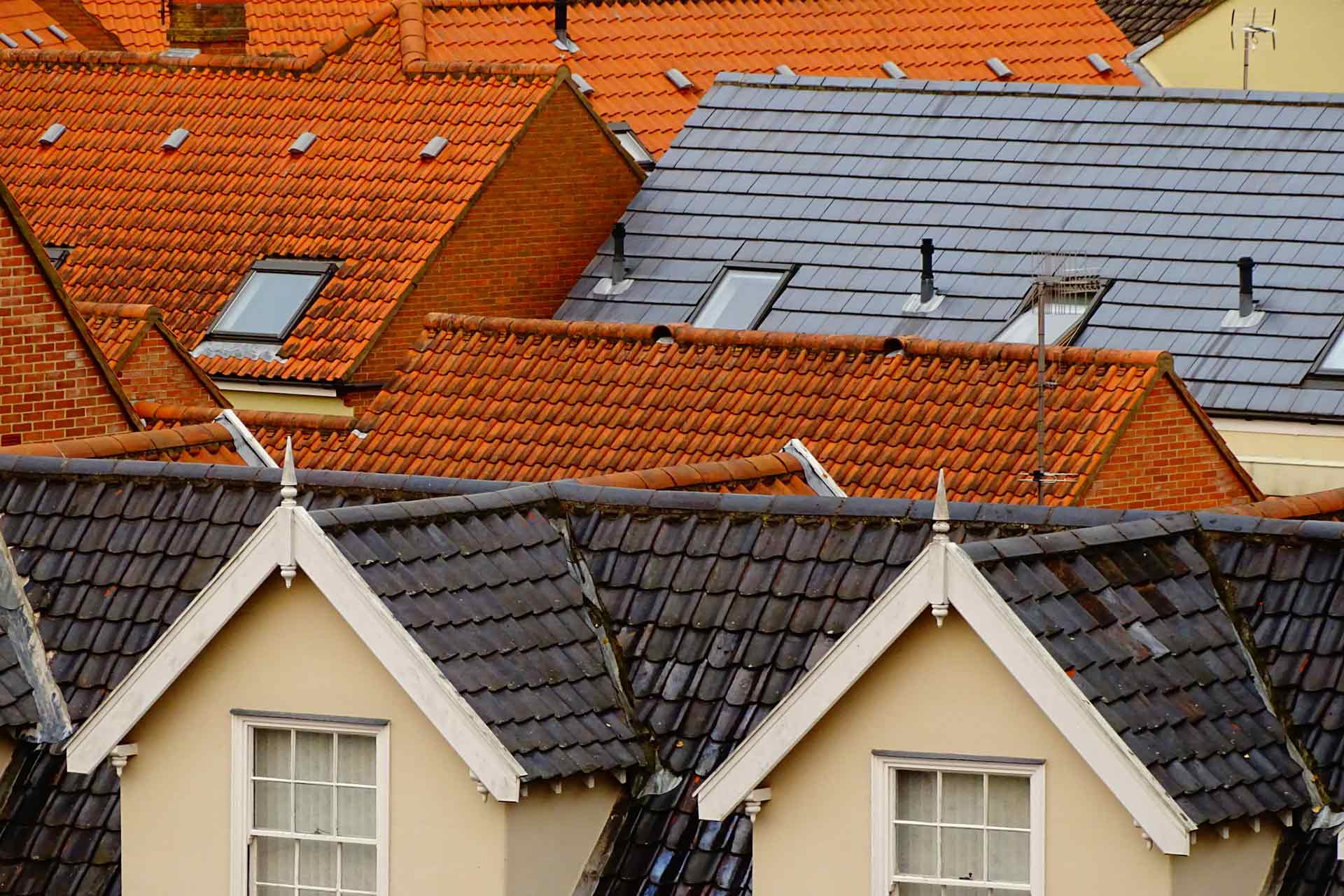The roof of your home is one of its most important protective barriers, shielding your property from the elements. In Canada, where weather can range from intense snowfalls in the winter to heavy rains and storms in the summer, regular roof maintenance and timely repairs are essential to prevent damage. Proper roof care not only protects your home from costly issues but also extends the lifespan of your roof, ensuring your home stays safe and secure throughout the year.
In this guide, we’ll explore key roof repair and maintenance practices to help Canadian homeowners protect their homes from the harsh weather conditions they face.
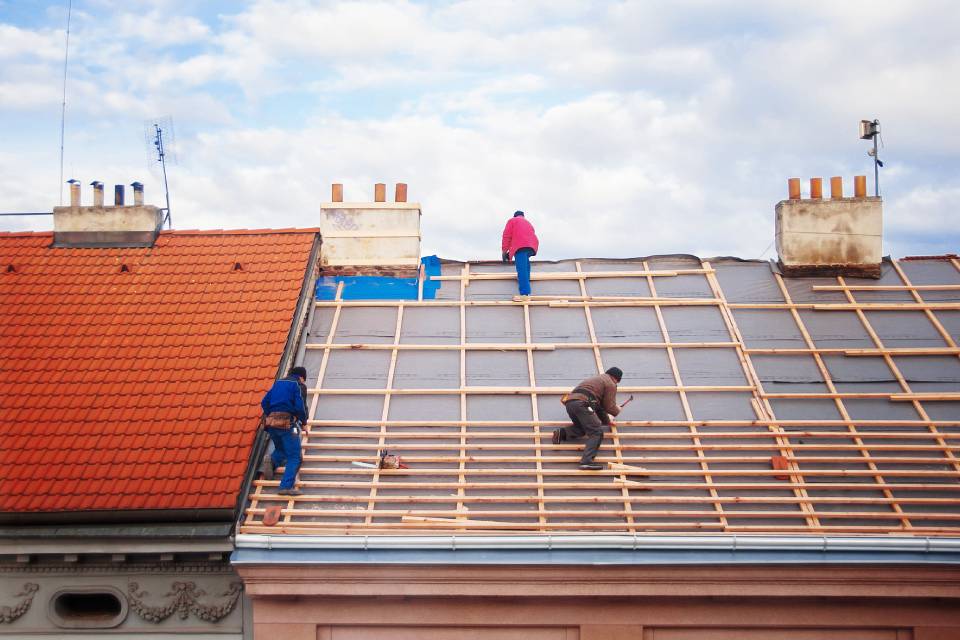
1. Regular Roof Inspections
Routine roof inspections are the foundation of effective maintenance. Inspections allow you to catch small problems before they turn into major issues, such as leaks or structural damage. Ideally, you should inspect your roof at least twice a year—once in the spring after winter’s snow and ice have melted, and once in the fall before the cold weather sets in.
What to Look for During an Inspection:
- Damaged or missing shingles: Check for cracked, curling, or missing shingles. Shingles that are in poor condition can allow water to penetrate your roof.
- Loose or damaged flashing: Flashing seals the seams around chimneys, vents, and skylights. Ensure it’s secure and free of damage to prevent water leaks.
- Gutters and downspouts: Ensure that gutters and downspouts are clear of debris to allow proper drainage. Clogged gutters can lead to water buildup, which can damage your roof and foundation.
- Moss or algae growth: Moss or algae growing on your roof can trap moisture and damage shingles. If you spot these, clean them off as part of your maintenance routine.
Tip: Hire a professional roofer for a more thorough inspection, especially after a severe storm, to identify any underlying issues that may not be visible from the ground.
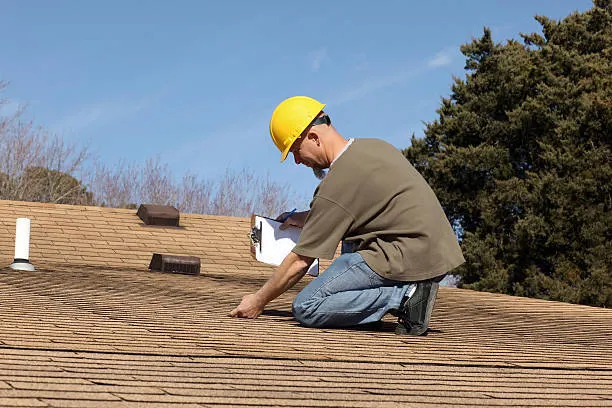
2. Repair Damaged Shingles
Shingles are your roof’s first line of defense against rain, snow, and wind. Damaged or missing shingles can lead to leaks, water damage, and reduced insulation, making it essential to repair or replace them as soon as possible.
Common Shingle Repairs:
- Replacing missing shingles: Strong winds can lift or tear away shingles. If you notice any gaps, replace the missing shingles immediately to prevent water infiltration.
- Fixing cracked or curled shingles: Over time, shingles may crack or curl due to exposure to extreme temperatures. These should be replaced or repaired with roofing cement to prevent water from seeping underneath.
- Sealing granule loss: The granules on asphalt shingles protect them from UV damage. If your roof is shedding granules, it may be nearing the end of its lifespan. You can add a roof sealant to extend its life temporarily, but you may need to plan for a full roof replacement soon.
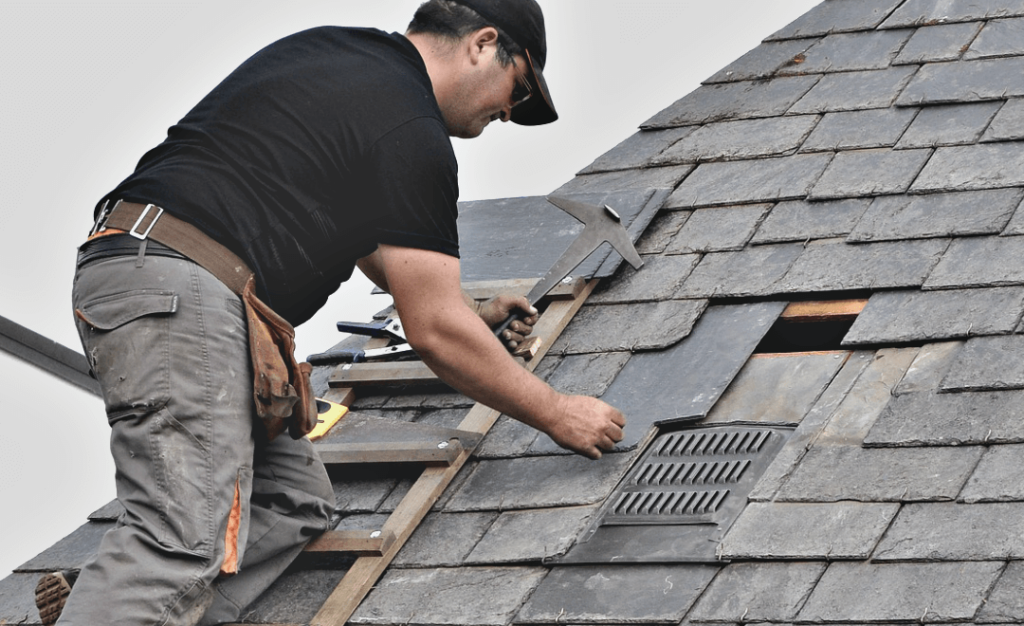
Tip: If a significant portion of your roof is damaged, it may be more cost-effective to replace the entire roof rather than continually repairing small sections.
3. Maintain Proper Roof Ventilation
Proper roof ventilation is critical for preventing moisture buildup and reducing the risk of mold, mildew, and ice dams. In the winter, poor ventilation can trap warm air in the attic, causing snow on the roof to melt and refreeze at the eaves, leading to ice dams.
How to Improve Roof Ventilation:
- Install roof vents: Ridge vents, soffit vents, or gable vents can help ensure proper air circulation throughout your attic, keeping your roof cool and dry.
- Check existing vents: Ensure that your current vents are not blocked by insulation, debris, or dirt. Clean them regularly to promote airflow.
Tip: Proper roof ventilation can also help lower your energy bills by reducing the strain on your heating and cooling systems.
4. Prevent Ice Dams
Ice dams are a common problem in many parts of Canada, where snow accumulation and freezing temperatures can lead to water pooling on your roof. These dams form when heat escapes through the roof, melting the snow, which then refreezes at the edge of the roof and prevents water from draining. The trapped water can seep into your home, causing leaks and water damage.
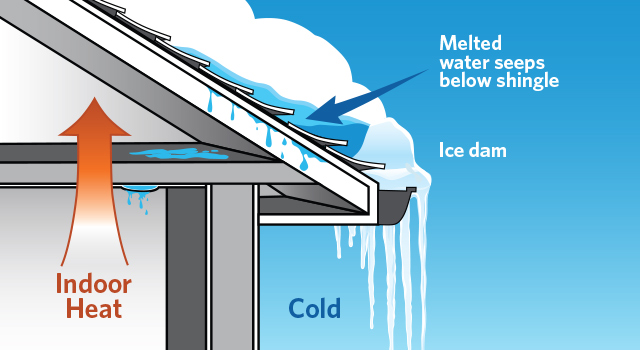
How to Prevent Ice Dams:
- Improve attic insulation: Proper attic insulation helps keep warm air inside your home and prevents heat from escaping through the roof, reducing the risk of ice dams.
- Seal air leaks: Ensure there are no gaps in your attic that allow warm air to escape. Use caulk or weatherstripping to seal any leaks.
- Use a roof rake: After a heavy snowfall, use a roof rake to remove snow from the edges of your roof, preventing the buildup that leads to ice dams.
Tip: If ice dams persist despite your preventive measures, consider installing heated cables along the roof edge to melt ice and snow, allowing water to drain properly.
5. Clean and Maintain Gutters
Gutters play a vital role in directing water away from your roof and home. If they become clogged with leaves, twigs, or debris, water can back up onto the roof, leading to leaks, wood rot, and even foundation problems. Cleaning your gutters regularly is essential, particularly during the fall when leaves are falling.
Gutter Maintenance Tips:
- Clean gutters at least twice a year: Remove debris in the spring and fall to ensure water flows freely through the gutters and downspouts.
- Install gutter guards: Gutter guards can help prevent debris buildup, reducing the frequency of gutter cleaning.
- Check for leaks or sagging: Make sure gutters are properly secured to your home and aren’t sagging or leaking, as these issues can affect their ability to drain water effectively.
Tip: Make sure downspouts are pointed away from your home’s foundation to prevent water damage around the base of your home.
6. Inspect and Repair Flashing
Flashing is the material used to seal joints and seams around chimneys, skylights, and vents, preventing water from entering your home. Damaged or poorly installed flashing can lead to leaks, especially during heavy rains or snowmelts.
How to Maintain Flashing:
- Check for rust or cracks: Metal flashing can corrode over time, while flashing made from other materials can crack or warp. If you notice damage, repair or replace the flashing.
- Seal gaps with caulk: Ensure that flashing is properly sealed with caulk or roof cement to prevent water from penetrating vulnerable areas.
Tip: Regularly inspect the flashing after storms, as high winds and heavy rain can cause damage.
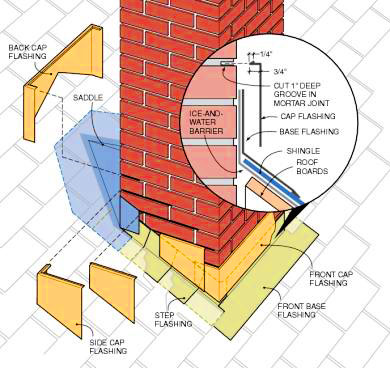
7. Schedule Professional Roof Maintenance
While some roof maintenance tasks can be done by homeowners, it’s a good idea to schedule a professional inspection and maintenance at least once a year. A roofing expert can spot potential problems that might not be visible to the untrained eye and provide more extensive repairs when needed.
What to Expect from a Professional Maintenance Service:
- Thorough inspection: A professional roofer will check for signs of wear and tear, leaks, and structural issues.
- Cleaning and sealing: They can clean your roof, remove debris, and apply sealants to protect against future damage.
- Minor repairs: Small issues, such as damaged shingles or loose flashing, can be addressed before they turn into larger, more expensive problems.
Tip: After a major storm, always have your roof inspected by a professional to ensure it hasn’t sustained damage that could lead to costly repairs down the road.
Final Thoughts
Maintaining your roof is essential for protecting your home from the harsh Canadian weather. Regular inspections, timely repairs, and preventive measures like cleaning gutters and improving ventilation can extend the lifespan of your roof and prevent costly damage. Whether you’re dealing with snow, rain, or wind, a well-maintained roof will help keep your home safe, dry, and comfortable throughout the year. By investing in roof repair and maintenance, you can protect your home and ensure it withstands whatever the Canadian climate throws at it.
